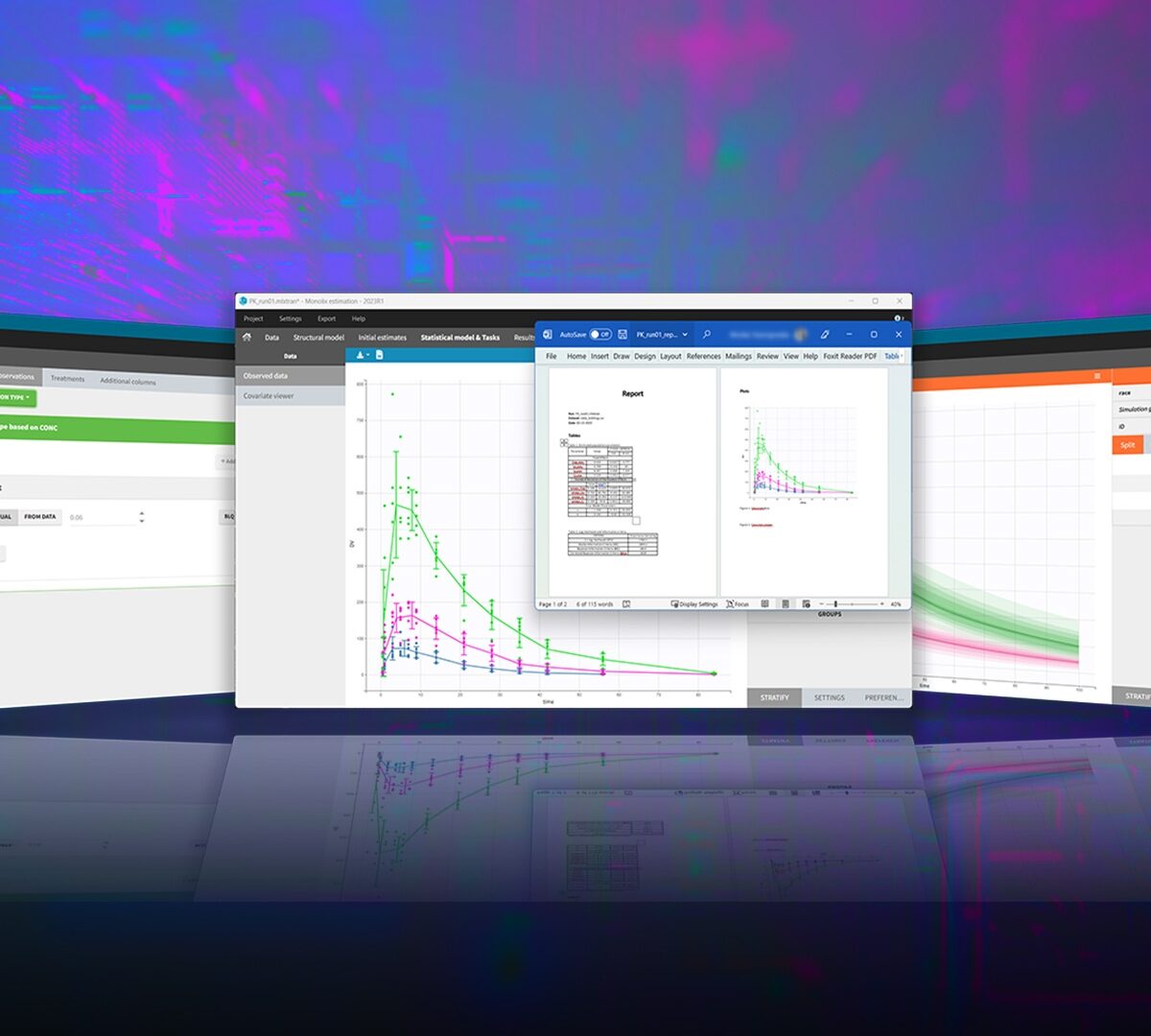Proven algorithms. Premium data. Predictions you can rely on.

AP Transporters Module Flyer
Transporters Module enables data-driven decision-making by leveraging AI/machine learning (ML) models trained on premium experimental datasets.

Liver Safety+ Flyer
The only platform that allows you to predict liver safety during discovery

Advancing Scientific Development with Collaborations
15+ FDA grants and $5M+ in funding & new feature developments since 2014

GP AP Module Flyer
The ADMET Predictor Module uses enhanced pk models developed with greater accuracy. It uses the same QSPR models as our best-inclass ADMET Predictor standalone software.

GP DDI Module Flyer
The DDI Module in GastroPlus allows you to predict mechanistic and static drug-drug interactions (DDIs) among unlimited drugs and metabolites.

GP PKPlus™ Module Flyer
The fitted parameters include PK properties, first orderabsorption rate, bioavailability and absorption lag time.

RENAsym Flyer
RENAsym Predict and Prevent Drug-Induced Kidney Injury

MonolixSuite™ v2024 Product Brochure
A fast easy-to-use and powerful suite of applications for pharmacometrics analysis, modeling and simulation.

EvolvePK+ Comparison Flyer
Only one platform can integrate GastroPlus PBPK outcomes during early design and lead optimization.

The Power of Simulation Training
Experience in Clinical Trial Training

DILIsym® X Product Brochure
DILIsym is Quantitative Systems Toxicology (QST) software capable of predicting and explaining Drug-Induced Liver Injury (DILI).

Monolix Comparison Flyer
Your software should make it easier to conduct non-compartmental, bioequivalence and compartmental analysis and use that data to make the right decisions for your program.

Regulatory Strategies Flyer
Get to Market Faster with Robust Regulatory Strategies

Clinical Pharmacology & Pharmacometrics Software and Services Flyer
Supporting Dose Selection and Justification

Cheminformatics Software & Services Flyer
Understand Your Compound

PBPK Software and Services Flyer
Optimize Decision Making Throughout R&D with PBPK Predictions

GastroPlus®X (GPX™) Product Brochure
GastroPlus X (GPX™) is a mechanistically based simulation software package that simulates intravenous and oral absorption, pharmacokinetics, drug-drug interactions and pharmacodynamics in humans and animals.

OBESITYsym Flyer
Lose the Nausea in Your Weight Loss Therapies

